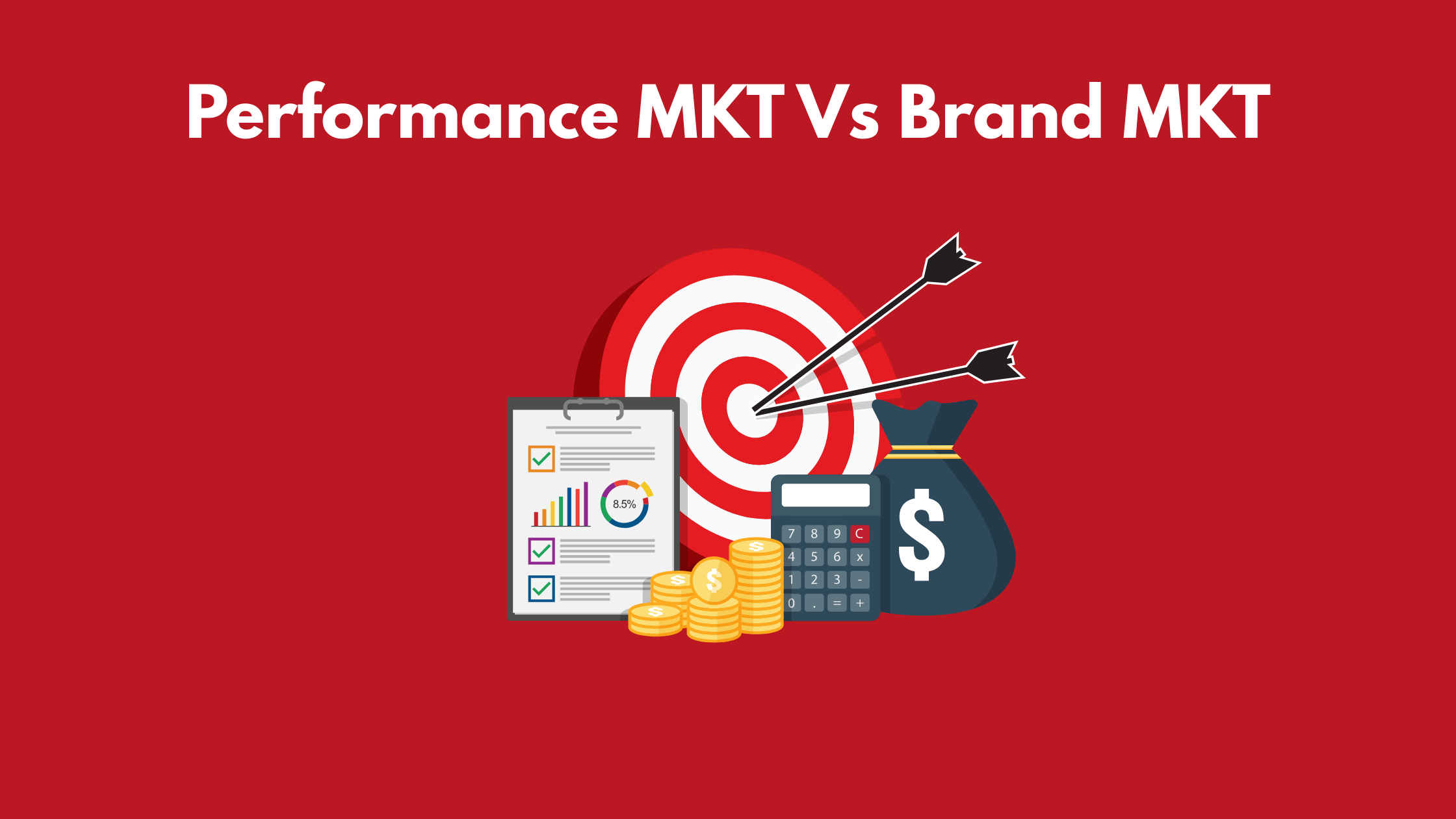.png)
Microservices vs. Monolithic: Which One to Choose? • Monolithic = Simple, fast, but less scalable. • Microservices = Flexible, scalable, but complex. • Best choice? It depends on your business needs! Need expert advice? Logix Hunt is here to help!
Table of Contents
- Introduction
- Understanding Software Architecture Choices
- What is Monolithic Architecture?
- Key Features of Monolithic Systems
- Benefits of Monolithic Architecture
- What is Microservices Architecture?
- Core Components of Microservices
- Advantages of Microservices
- Monolithic vs. Microservices: Key Differences
- Scalability
- Deployment & Maintenance
- Flexibility & Agility
- Performance & Resource Utilization
- Which Architecture is Right for Your Business?
- Choosing Based on Business Needs
- Industry Use Cases
- Hybrid Approach: Best of Both Worlds
- Case Studies: Companies Using Monolithic & Microservices
- Conclusion
Introduction
Understanding Software Architecture Choices
In software application development, the selection of the appropriate architecture is important. Two major schools of thought are Monolithic Architecture and Microservices Architecture. Both have their benefits and drawbacks, and the right one to be chosen depends on scalability, complexity, and business objectives.
What is Monolithic Architecture?
A monolithic architecture is a classical software design wherein all parts of an application are closely coupled within a single codebase.
Key Features of Monolithic Systems
Unified application codebase
Centralized database
Single deployment for the system
Advantages of Monolithic Architecture
✅ Easier to develop and debug – Everything is consolidated
✅ Less complex deployment – Just a single application to deal with
✅ Improved performance – Reduced latency since communications are in-process
✅ High consistency – Transactions and data integrity easier to handle
What is Microservices Architecture?
A microservices architecture dissects an application into small, autonomous services that exchange information using APIs.
Main Microservices Components
Autonomous services with databases of their own
API-driven communication
Distributed development and deployment
Benefits of Microservices
✅ Scalability – Scale individual services with ease
✅ Increased development & deployment speed – Multiple teams can develop different services separately
✅ Technology flexibility – Different technology for each service
✅ Fault isolation – One service crash won't affect the entire system
Monolithic vs. Microservices: Main Differences
Feature
Monolithic Architecture
Microservices Architecture
Scalability
Limited, scales as a whole
Highly scalable, individual services
Deployment
Slower, needs full redeployment
Faster, independent deployments
Flexibility
Limited technology stack
Multiple technology stacks
Maintenance
More complex as the system grows
Easier to maintain & update
Performance
Faster in-memory processing
Network latency in API calls
Which Architecture is Suitable for Your Business?
Selecting Based on Business Requirements
Startups & Small Applications → Monolithic due to ease
Scalable & Large Applications → Microservices due to flexibility
Industry Use Cases
E-commerce & SaaS → Microservices due to scalability
Banking & Finance → Monolithic due to security & consistency
Gaming & Streaming → Microservices due to high traffic handling
Hybrid Approach: Best of Both Worlds
Some use a hybrid approach, where key services are developed as microservices, while the rest are kept monolithic for stability.
Case Studies: Companies Implementing Monolithic & Microservices
Amazon: Transitioned from monolithic to microservices for scalability.
Netflix: Employs microservices to serve millions of users effortlessly.
Smaller Startups: Tend to start with monolithic for rapid development.
Conclusion
Both monolithic and microservices architectures find their use in software development. The right one to choose depends upon your business requirements, scalability demand, and technical expertise. While monolithic excels for simplicity and performance, microservices lead for scalability and flexibility.
Struggling to decide on the correct architecture? Logix Hunt offers expert solutions to enhance your software development. Contact us today!
Logixhunt is an IT company that provides cutting-edge services in the fields of website development, software development, and mobile app development. Logixhunt is dedicated to providing quality services to our clients, and helping young college students learn the most in-demand skills in the industry. We offer 3 and 6 months internship programs to college students, so they can stay up to date with the latest trends in the field. Our experienced team of professionals is always ready to help students hone their skills and become the next generation of tech professionals.


.png)